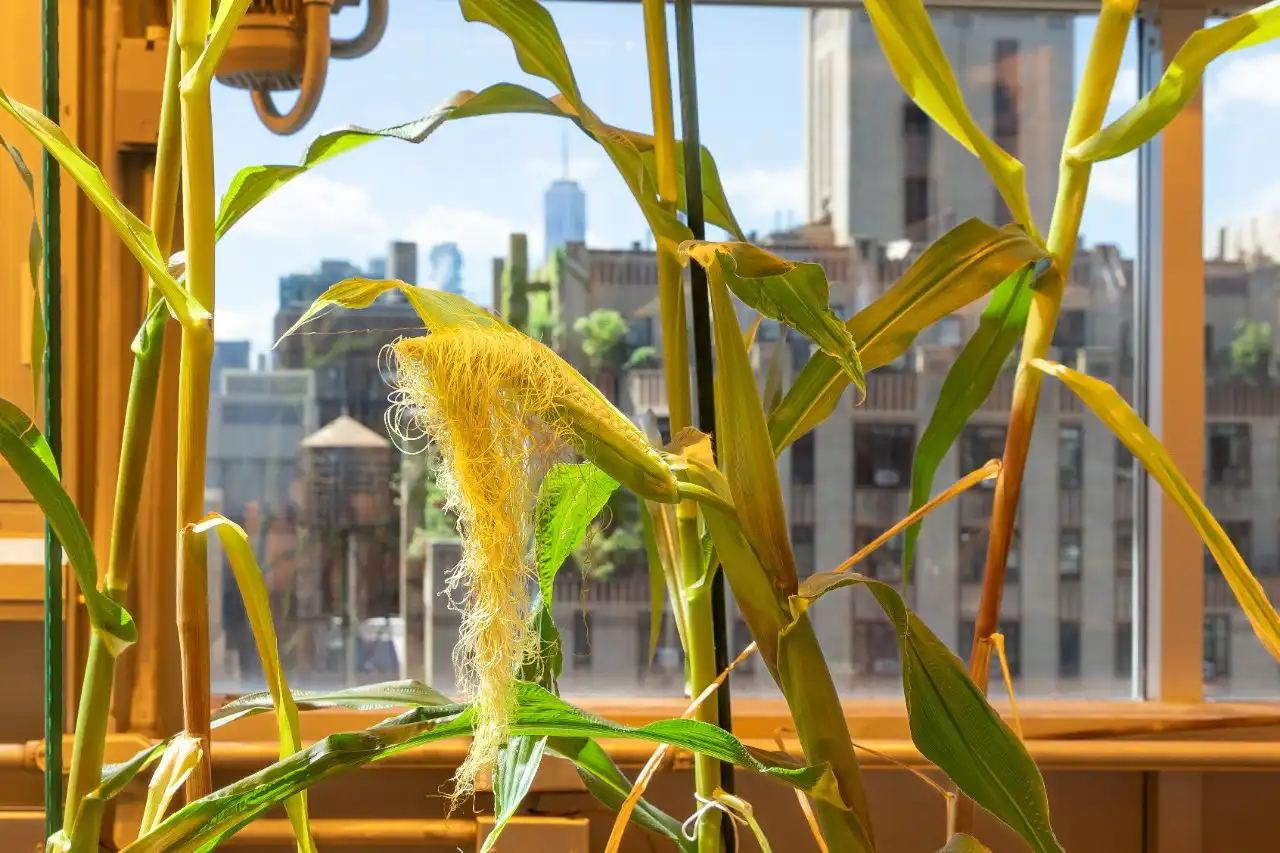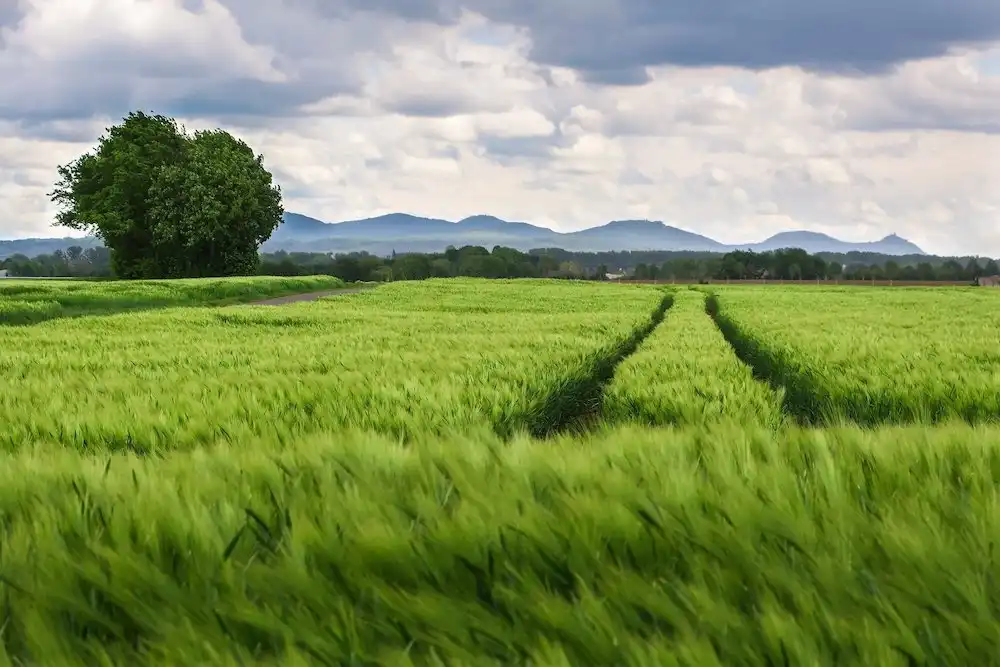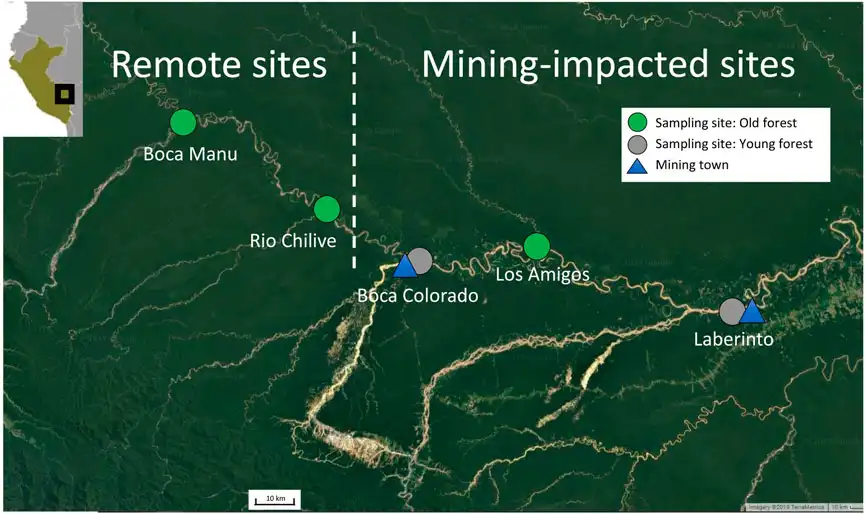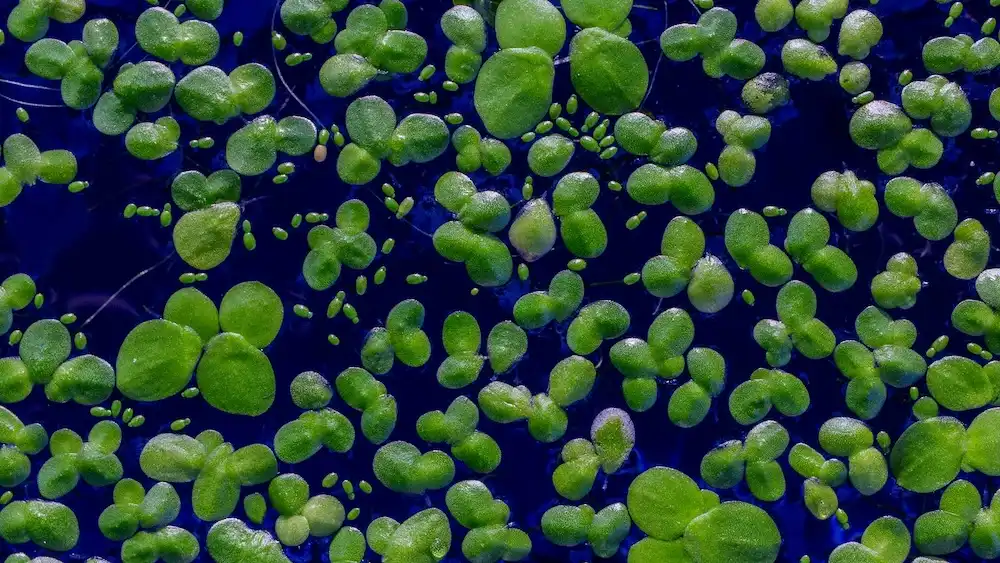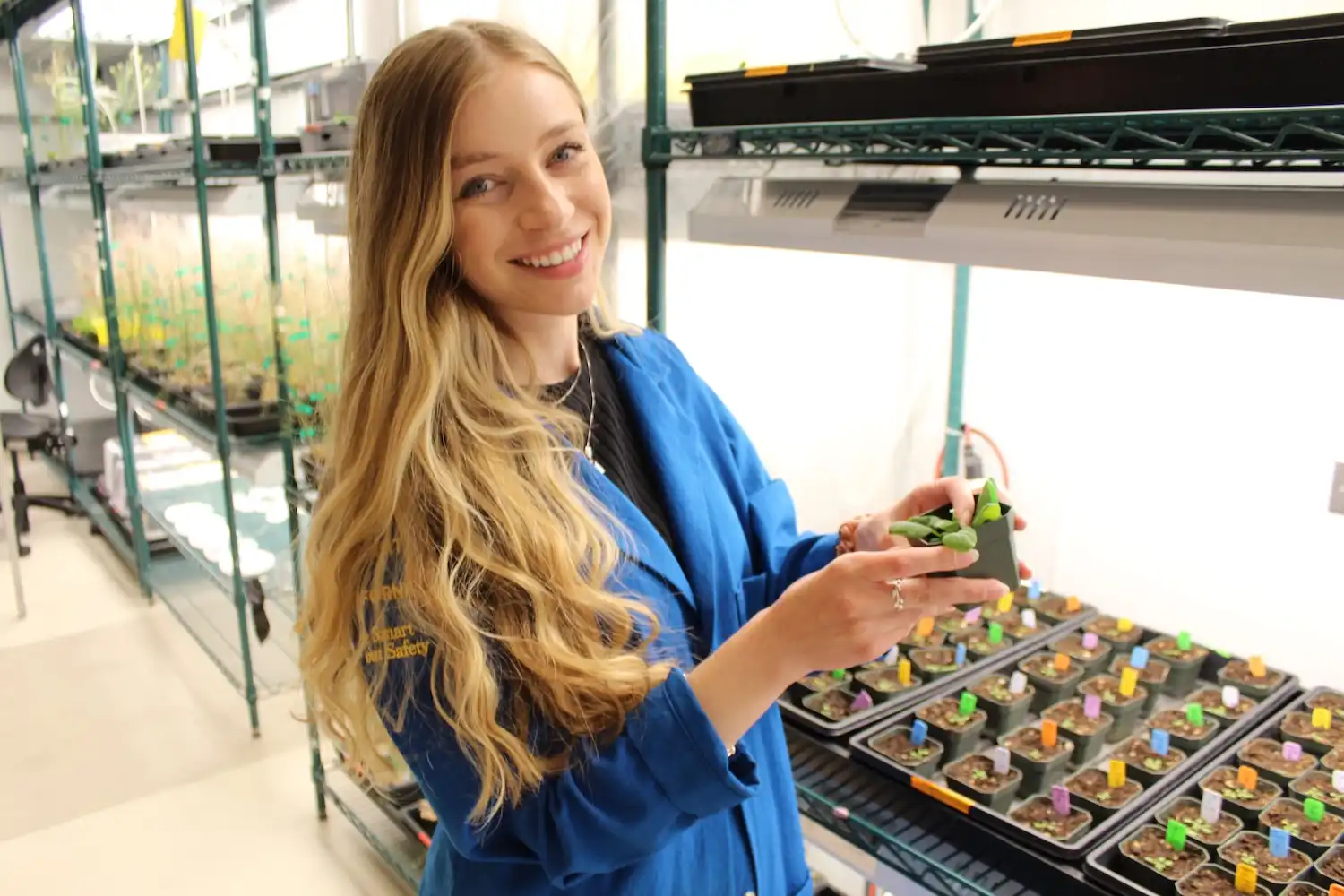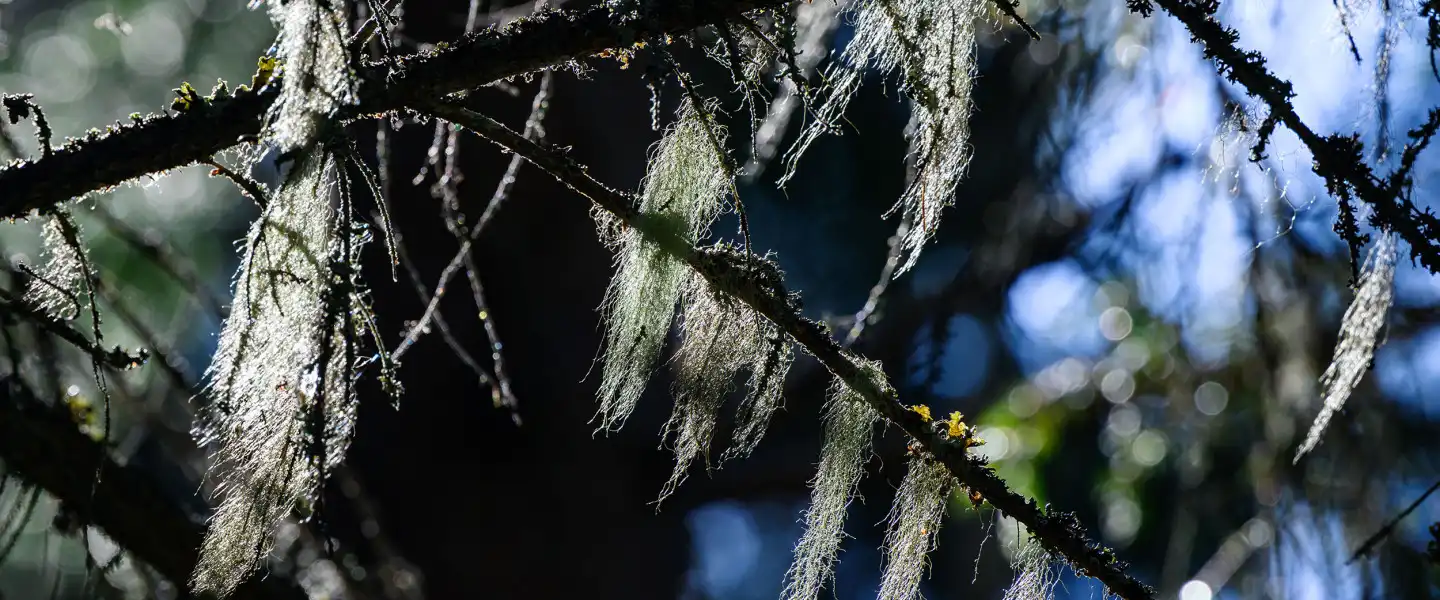
Researchers conducted a systematic review of 99 scientific publications that compared the flora or fauna of old-growth forests, managed forests and clearcut sites in boreal Europe. The reviewed studies showed large differences in the species communities inhabiting these forest types.
Read More


